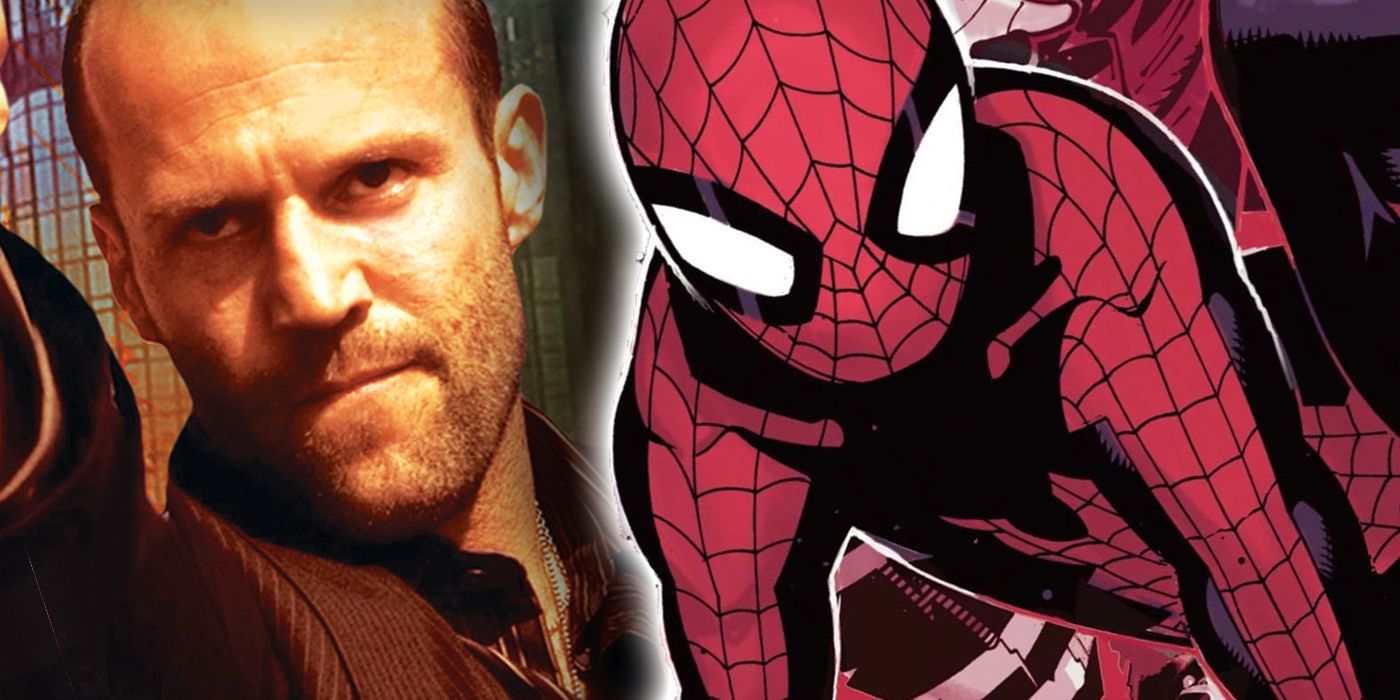Non-Stop Spider-Man shares many elements with the Crank and Speed films, including fast-pacing and plenty of action.
Warning: The following contains major spoilers for Non-Stop Spider-Man #1, by Joe Kelly, Chris Bachalo, Tom Townsend, Marcio Menz and VC’s Travis Lanham.
Non-Stop Spider-Man is a fast-paced, exhilarating new series featuring the web-slinging wonder. Peter Parker is going through one of his most exciting and dangerous adventures yet., Non-Stop Spider-Man bears several similarities to the Crank and Speed films.
Non-Stop Spider-Man #1, by Joe Kelly and Chris Bachalo, features Peter investigating the death of his Empire State University classmate, Austin Mulvaney. Apparently, Austin was found dead of a drug overdose, despite never using drugs before. Peter investigates and discovers that Austin died after using a drug called A-Plus.
Not much is known about this drug, other than the fact that it’s popular with university students. As Spider-Man, Peter finds a high-tech gang ransacking Austin’s apartment. During the fight, Peter gets a call from his classmate, Kel, saying she took the drug. Rushing to her aid, Peter barely saves Kel, but when she awakens, she can’t remember who she is.
In a letter from the editor at the back of the issue, Nick Lowe explains that this series is the comic book equivalent of both Crank and Speed. Both films are fast-paced, high-octane action blockbusters, traits also shared by Non-Stop Spider-Man.
The issue opens in the middle of the action, with Peter falling out of a window and thinking his way through his situation at a rapid pace. Spider-Man’s fights are fast, visceral and high-adrenaline. Beyond the accelerated pacing of the comic, there are plenty of similarities with movies like 2006’s Crank.
This film focuses on a hitman called Chev Chelios, played by Jason Statham. Chelios is poisoned with a drug that forces him to keep his adrenaline going just to stay alive. To do so, Chelios takes drugs, drives recklessly and gets into a lot of fights.
In Non-Stop Spider-Man, not a lot is known about the A-Plus drug, yet it seems like it’s very similar to the poison in Crank. Kel took A-Plus to cram for a big paper, and she was found unconscious on the floor of the library. This might indicate that A-Plus gets people’s adrenaline pumping for a while until they crash. There are obviously some differences with Crank, as A-Plus does also involve a level of memory loss, but the idea pays tribute to the original film.
In the solicits for the third issue of Non-Stop Spider-Man, it looks like Peter might end up taking A-Plus somehow. The solicit does say that readers are going to see “a side of Peter Parker that neither you nor Peter thought existed.” From this description, it seems likely that Spider-Man might be pushed into overdrive after taking A-Plus, much like Chelios in Crank.
It also appears that the gang in this issue might have taken A-Plus, as they seem fairly strong and energetic. Plus, they frequently yell things like “don’t stop!” If this is the case, perhaps A-Plus forces people to keep their adrenaline going to stay alive, much like in the movie Crank. If Peter takes A-Plus, it would be interesting to see what he does to keep his adrenaline going.
1994’s Speed is also paid homage in this series. Speed begins with a terrorist called Howard Payne, played by Dennis Hopper, who rigs a bomb to blow up a bus. Police officer Jack Traven, played by Keanu Reeves, has to keep the bus going at 50 miles per hour or higher or else to bomb will go off.
Non-Stop Spider-Man is very much like Speed, in that Spider-Man is trying to stop a group of criminals like Howard Payne. If Spider-Man takes A-Plus, he’ll also have to keep moving just to stay alive, much like Jack Traven in Speed. Overall, Non-Stop Spider-Man is its own story, fusing elements of both Speed and Crank. Much like Speed, Spider-Man is working to save others, while, like Crank, he will have to keep moving just to stay alive.
About The Author
